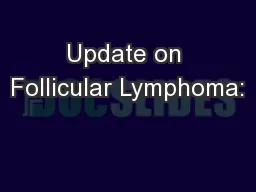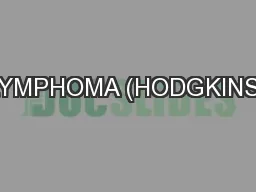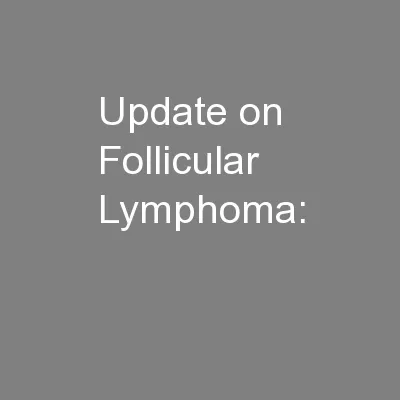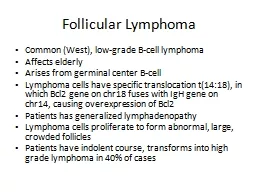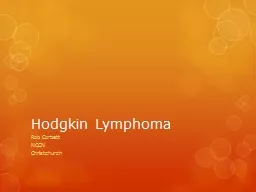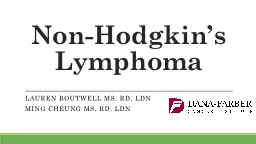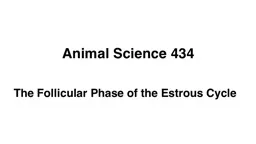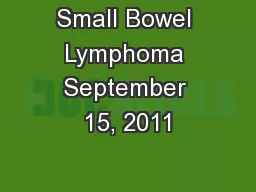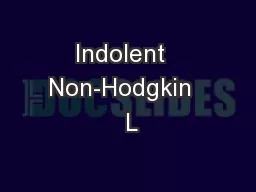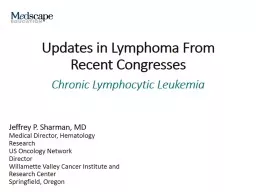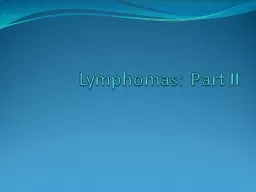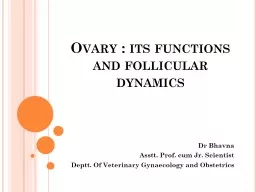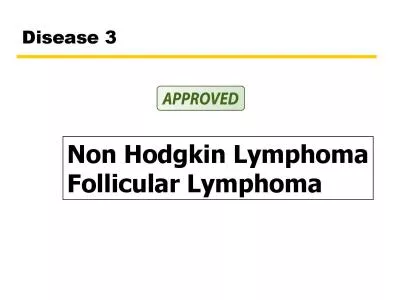PPT-Update on Follicular Lymphoma:
Author : tatiana-dople | Published Date : 2017-04-24
Contemporary Treatment Strategies and Optimal Sequencing Educational Objectives After completing this program participants should be able to Summarize the incidence
Presentation Embed Code
Download Presentation
Download Presentation The PPT/PDF document "Update on Follicular Lymphoma:" is the property of its rightful owner. Permission is granted to download and print the materials on this website for personal, non-commercial use only, and to display it on your personal computer provided you do not modify the materials and that you retain all copyright notices contained in the materials. By downloading content from our website, you accept the terms of this agreement.
Update on Follicular Lymphoma:: Transcript
Download Rules Of Document
"Update on Follicular Lymphoma:"The content belongs to its owner. You may download and print it for personal use, without modification, and keep all copyright notices. By downloading, you agree to these terms.
Related Documents

